
West Scrafton existed long before Domesday Book was compiled, but was simply known as Scræftun, meaning “the village near the caves”, as there are a number of caverns in the rocks through which runs Great Ghyll, flowing through the centre of the village. The entry in Domesday Book mentions that Scræftun was in the hands of a man called Ribald at that time. He and his descendants were the so-
A view showing some of the terracing of the ancient arable fields.
In the year 1156, the abbey of Jervaulx was founded by Cistercian monks from France, who introduced the now famous Swaledale flocks. They developed the coal mine on Roova Moor which later provided work for many of the inhabitants of West Scrafton. By 1286 the “township” had been divided into the two villages of East and West Scrafton, East Scrafton sometimes being known as Scrafton Parva (Little Scrafton). The abbey, by the payment of 3d per year, continued to hold Scrafton until the “dissolution of the monasteries” in 1538, when large monastic holdings were split up and sold to smaller proprietors, allowing greater prosperity in the dales and the subsequent building of many stone houses.
Many millennia ago, Coverdale was a glacial lake, but as there were no flowing glaciers scouring its sides to fill it with what would have become earth, it has no flat bottom and therefore is unsuitable for modern arable cultivation. However, at the beginning of the first millennium this part of the country was inhabited by the Brigantes tribes, who helped to cultivate the slopes near the settlement of Scræftun by the formation of terracing.
Legend has it that, in 1545, Lord Darnley, the future husband of Mary Queen of Scots, was born in the Manor House in West Scrafton to the Earl of Lennox and his wife, Margaret. The Earl of Lennox owned five of the granges in Coverdale at that time.
During the first half of the second millennium, large numbers of deer roamed the dale, while pheasants, partridges and other small game were kept in warrens in Scrafton belonging to successors of Henry Pygot who had been given the right of pasture in Coverdale Forest by Mary de Neville of Middleham in a deed signed in 1286.
The following centuries saw the ownership of properties in West Scrafton and other Coverdale granges pass through several hands until they were sold to the reverend Oliver Marton, vicar of Lancaster, in 1727.
One of the main sources of income in the 17th century was from the textile trade. Many a local family spun yarn and made cloth for export to Lancashire, where there was a considerable demand before their own textile industry grew. In the dales this was gradually replaced by mining and quarrying which reached a peak early in the 18th century. In fact at one time there were so many miners and quarrymen packed into the houses that the reputed population exceeded 150. In complete contrast, by 1851 it was thought that the village had become so depopulated that it was quoted in a parliamentary report as an example of severe rural decline. However, the village industries might have revived if one of the several plans for a railway through Coverdale had come to fruition. As it was, according to population records, many people had more than one occupation, as a single source of income was not sufficient to support a family in the weak rural economy.
West Scrafton, along with many other places in the dales, has its own legends, such as the lights that have been seen in the windows of The Chantry, but unfortunately, due to modern methods of communication, such stories as have been handed down by word of mouth are gradually becoming lost.
The last hundred years have not seen many physical changes and much of the village still consists of the same dwellings as were there centuries ago, but since the end of the war in 1945 there has been a general trend for both retired and working people to come and live in the village, but fully integrating into village life. This has had the positive effect of many of the old buildings being restored and new life has been brought back into the community. Among those who came was a Harry Watson, a draper and ex-
Harry Watson was actively involved with the installation of a 10,000 gallon water supply tank in 1976, but many years before that he was personally responsible for the creation of the present village green. Due mainly to his efforts, in 1961 West Scrafton won the “Best Kept Village” award for which the prize was a flowering crab-
Nevertheless, the mainstay of the village is still farming, and the four existing farms have remained with their respective families for a great many years.
The Chantry
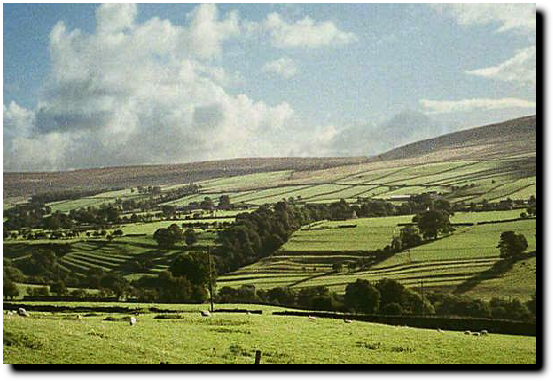
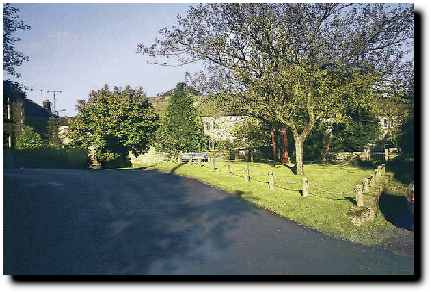
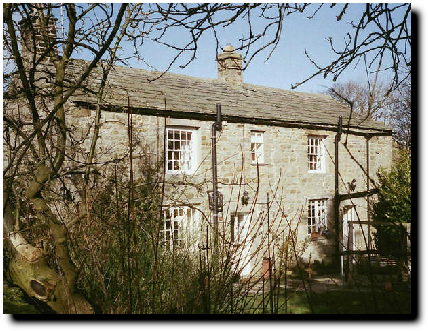
The next page shows some photographs of village life during the last century
The Manor House
The minute Village Green
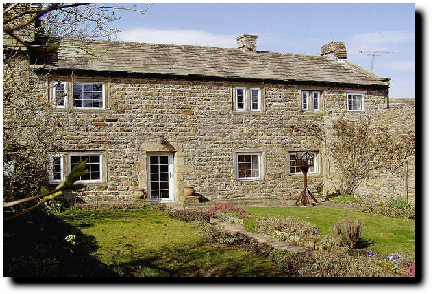
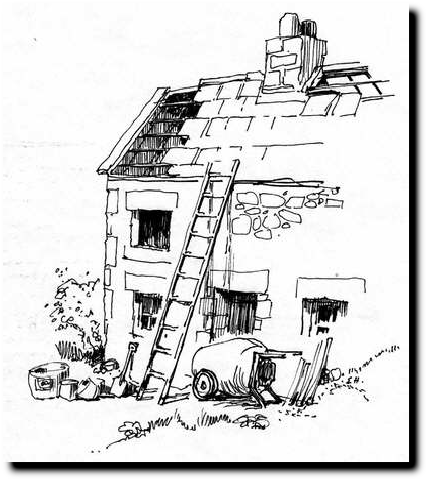















WEST SCRAFTON
A Village with over a Thousand
Years of History
For further information on the history of West Scrafton and Coverdale click on the star below
